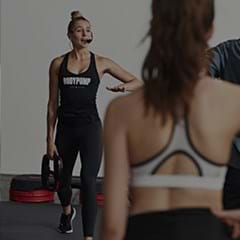Read on and you’ll discover:
- The importance of strength training and types of muscle growth
- Why hypertrophy differs from a traditional strength response
- How long it takes for hypertrophy to begin
- The best exercises for hypertrophy
- Workout plans and tips for hypertrophy
Growing muscle is a critical part of any exercise routine. Having the optimal amount of muscle makes us stronger and more powerful. When we build muscle it allows us to protect our joints, be more active, and even helps us control weight gain by absorbing more calories at rest.
The types of muscle growth
There are many different ways to grow muscle. At one end of the scale there is high repetition lower weight resistance training – a winning formula for boosting strength, fitness and metabolism. And at the other end of the scale is pure strength building, which uses hypertrophy to spark significant muscle growth.
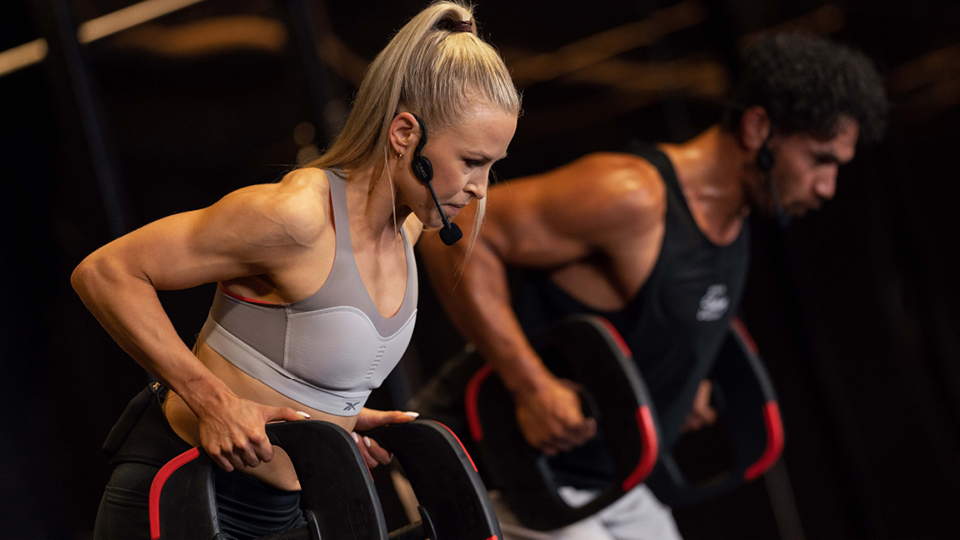
What makes hypertrophy different from traditional strength training?
Hypertrophy is what occurs when the rate of protein synthesis within the muscle is greater than the rate of decay. It’s the result of either metabolic stress or muscular tension.
- Metabolic stress is born from exercising at intensity. At high intensity, we are unable to use our oxygen pathways to deliver the energy required for a set of exercises, so we turn to our anaerobic pathways, which produce metabolites. These metabolites (like lactate, hydrogen ions, inorganic phosphate, and creatine) release muscle-building hormones such as growth hormone and testosterone.
- Muscular tension is when resistance training creates localized damage to muscle tissue. This ‘myotrauma’ sparks an acute inflammatory response to stimulate repair. This repair process can increase the number of myofibrils and make muscles larger.
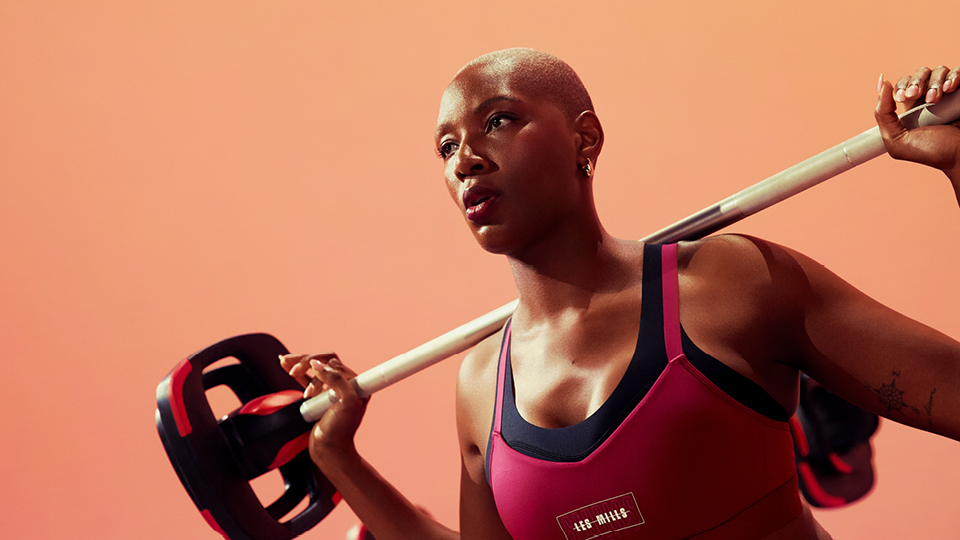
How long does it take for hypertrophy to begin?
Traditional thinking is that the optimal hypertrophy response comes from doing 3-4 sets of 6-12 repetitions (with 60-90 seconds rest between sets). However, research is starting to question this. One study split male participants experienced in resistance training into two groups; low load resistance training (25-35 reps) and high load resistance training (8-12 reps). They trained three times a week on non-consecutive days working all the major muscle groups with three sets of seven different exercises. After eight weeks, both groups experienced significant hypertrophy in the biceps, triceps and quadriceps with no significant difference noted between the groups.
With this in mind, a mix of repetition ranges with phases of heavier loads followed by phases of lighter loads may help maintain training variety and assist in the periodization of exercises.
Does hypertrophy only happen when you lift heavy weights?
Many consider performing a set of exercises to the point of failure as ideal for optimizing muscle growth. This is because as muscles approach the point of failure, extra motor units are recruited, which provides an additional stimulus for the hypertrophy of more fibers. But this theory is also being called into question. Studies show you can still see a hypertrophic effect with a degree of fatigue, not complete failure. This again indicates that a mixed approach may be best. It may also help avoid burnout problems related to consistent training at high intensity.
HOW HEAVY DO WEIGHTS NEED TO BE
When you talk about the amount of weight you lift it’s called load. Load is most commonly measured as a percentage of 1RM (the maximum amount of weight you can lift for one rep).
There are three basic ranges:
- Low rep (between 1-5 reps at 85-100% of 1RM)
- Moderate (between 6-12 reps at 65-80% of 1RM)
- High rep (15+ reps at less than 65% of 1RM).
Each of these ranges involves different energy systems and affects the neuromuscular system in different ways, impacting the extent of the hypertrophic response.
What are the best exercises for hypertrophy?
Multi-joint free weight exercises, like squats, are always a winner as they recruit more muscles and have been shown to create a larger response of anabolic hormones, such as growth hormone and testosterone. A squat can recruit a whopping 200 muscles, so it creates a metabolic demand much greater than with a single joint leg extension. Single-joint exercises can also be valuable. These exercises, such as bicep curls, can be useful to focus on under-developed areas which may be dominated by other muscles in multi-joint exercises.
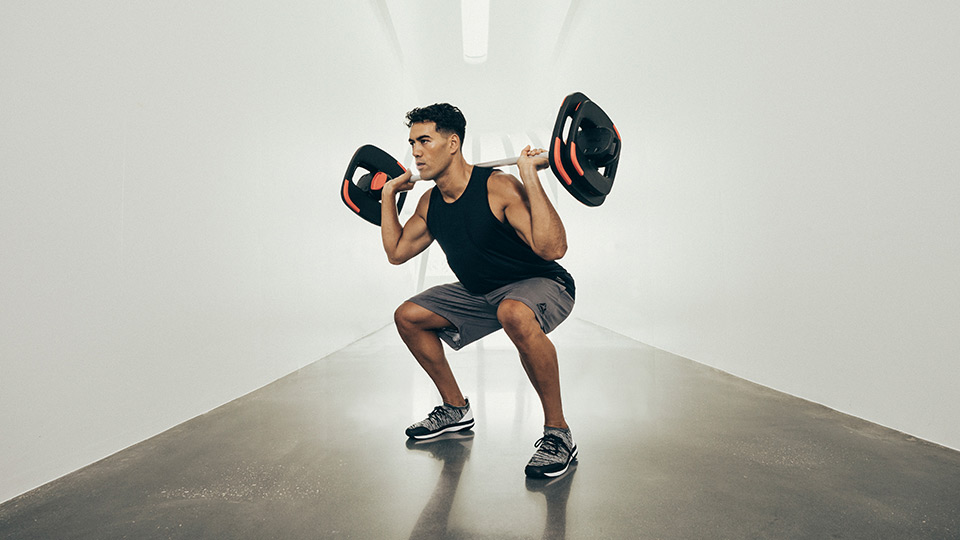
Optimal muscle growth relies on exercise variety, says Bryce Hastings, Les Mills Head of Research. “A mix of multiplanar and multiangled exercisers will ensure maximal stimulation of muscle fibers.” He adds that varying the angle of pull generates different activation patterns and varied input from muscle synergists, which is important for uniformed muscle growth.
A common misconception is that hypertrophy training is the domain of blokes and bodybuilders, it's not. The power of hypertrophy is relevant for all exercisers. A meta-analysis published in 2020 compared the effects of resistance training on males and females and found that both groups had a similar capacity for hypertrophy and improvements in strength
WHAT TYPE OF WEIGHTS TO USE FOR HYPERTROPHY TRAINING?
Les Mills Equipment has been uniquely designed for progressive weight training. The versatile weights system has been engineered to help increase muscle activation and enables fast and smooth transitions so you can effectively build your strength. Learn more about this award-winning equipment.
Workout plans to maximize hypertrophy
Splitting your training, and doing legs one day followed by upper body the next, can be a good thing as it makes it easier to do multiple sets. It also allows for longer rest periods and more time for the anabolic response. As a result, your muscles can be fresher which could help you lift heavier loads and create more mechanical tension. Hastings explains, “Targeting specific muscle groups can definitely be more potent, but for most people, a total body workout is the most time-efficient form of training.”
Rather than focusing on different muscle groups, experts recommend maximizing the hypertrophy response by focusing on different phases. This means, after a phase of moderate training, shifting into an over-reaching phase where you increase metabolic demands and muscular tension to reach myofailure and maximize the muscular response. This is followed by a taper phase of lighter weights, which allows the muscle units to recover and synthesize the new myofibrils.
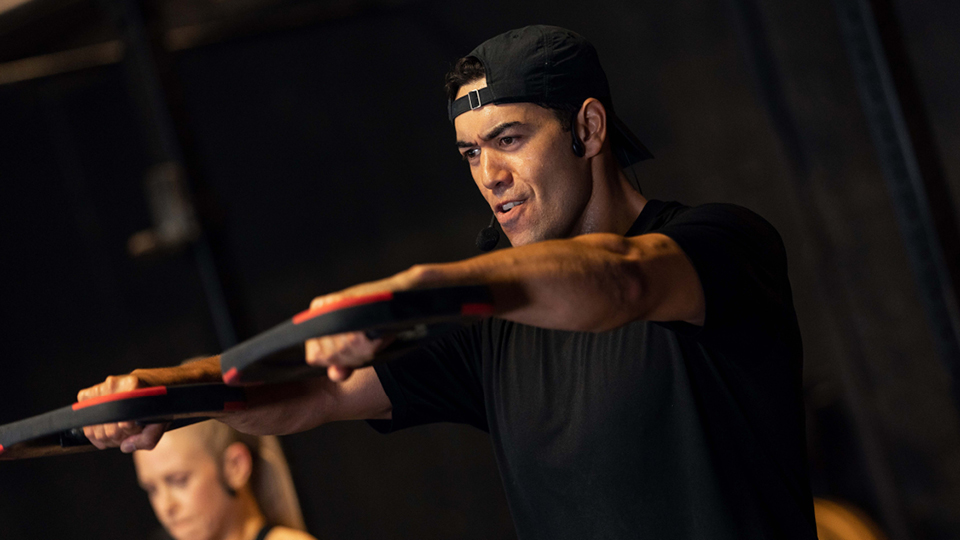
These insights and the phased approach to building muscle have been used to shape Les Mills’ Strength Development, a series of 12 workouts designed to promote science-backed phases of muscle growth.
TRY STRENGTH DEVELOPMENT ON LES MILLS+
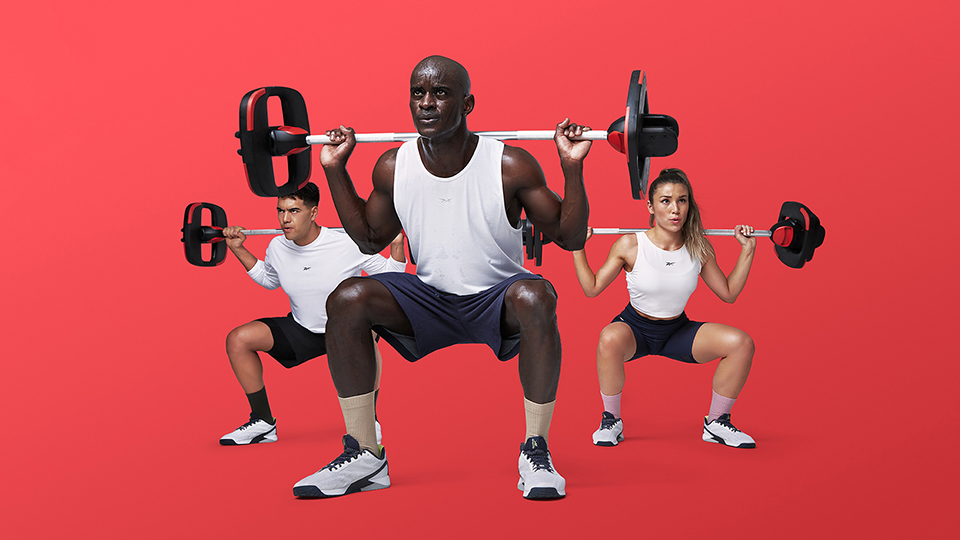
Lifting heavy weights and sparking a hypertrophic response isn’t the only way to get stronger. The high rep, lower weight training of BODYPUMP™ utilizes time under tension and fatigue to generate muscular adaptation. This has been shown to generate a lactate response and a subsequent increase in growth hormone. In short, BODYPUMP is a fantastic complement to your strength training.
Learn more about the science of BODYPUMP
Additional studies used to inform this article:
- Schoenfeld, The Mechanisms of Muscle Hypertrophy and Their Application to Resistance Training
- Schoenfeld, Strength and Hypertrophy Adaptations Between Low- vs. High-Load Resistance Training: A Systematic Review and Meta-analysis
- Schoenfeld, Effects of Low- vs. High-Load Resistance Training on Muscle Strength and Hypertrophy in Well-Trained Men
- Bartolomei, A Comparison Between Total Body and Split Routine Resistance Training Programs in Trained Men
- Schwanbeck, Effects of Training With Free Weights Versus Machines on Muscle Mass, Strength, Free Testosterone, and Free Cortisol Levels
- Kubo, Effects of 4, 8, and 12 Repetition Maximum Resistance Training Protocols on Muscle Volume and Strength
- Roberts, Sex Differences in Resistance Training: A Systematic Review and Meta-Analysis
- Vieira, Effects of Resistance Training Performed to Failure or Not to Failure on Muscle Strength, Hypertrophy, and Power Output: A Systematic Review With Meta-Analysis





